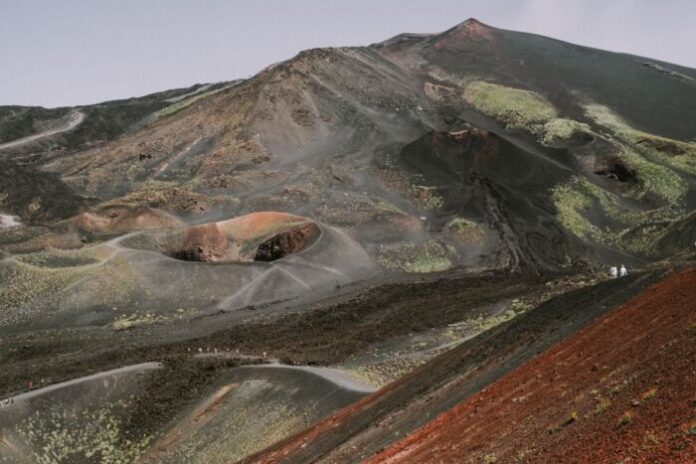
From waste to resource, from problem to opportunity. The volcanic ashes of Etna, which have fallen abundantly especially on the foothills in recent weeks as a result of the volcano’s frequent paroxysms, could be used for various applications in the civil and environmental engineering sectors.
To support this hypothesis are the results of the REUCET project (Recovery and use of Etna volcanic ash), conducted by a team of scholars from the University of Catania and funded by the Ministry of the Environment. In fact, as highlighted by Professor Paolo Roccaro, scientific manager of the REUCET project, the use of volcanic ash in substitution of natural materials would allow the double environmental advantage of reducing the consumption of natural resources and avoiding the disposal of ash as waste, promoting the transition to a circular economy.
The REUCET project, which ended in February 2020, addressed the problem of recovering Etna volcanic ash in a systematic way for the first time. The use of ash in existing production processes and techniques was studied with immediate technology transfer to small and medium-sized enterprises in the area. In this regard, various possibilities of use of the ash and lapilli of Etna have been evaluated: from the use in concrete, in mortars, in plasters, to the realization of traditional brick products, road substrates, geotechnical works, up to solutions in which is used as an adsorbent with the aim of reducing pollution.
In particular, interesting results have been found in the packaging of mortars, plasters and insulating panels, thanks to the thermal insulation properties due to the high porosity that distinguishes pyroclastic products. Furthermore, the manufactured ceramic products have overall physical-mechanical characteristics in line with those shown by conventional ceramic products, even better in some cases. The researchers of the REUCET project also evaluated the creation of innovative materials (photocatalytic composites and zeolites) for the containment of pollution.
Another appropriate and sustainable alternative that has been studied is the environmental recovery of degraded areas that would make it possible to use the thousands of tons of ash fallen. Even the use in construction and road paving of the provincial road network would allow the use of large volumes with limited transport costs.
Researchers from the University of Catania also highlighted the need to intervene on current legislation, in order to enhance the recovery of Etnean volcanic ash, and to provide ad hoc economic resources. In fact, to date, the Etnean volcanic ashes, following contingent and urgent ordinances, are classified as waste to be disposed of in landfills (cost of about € 120 per ton) or at inert recovery plants (cost of about € 12 per ton ton) with considerable savings.
These costs are added to those of the collection of ashes from the streets (several hundred thousand euros). Therefore, huge public resources are needed to support local administrations. Finally, citizens must be made aware of collaborating in the collection of volcanic ash in order to facilitate its recovery and reduce management costs.



































